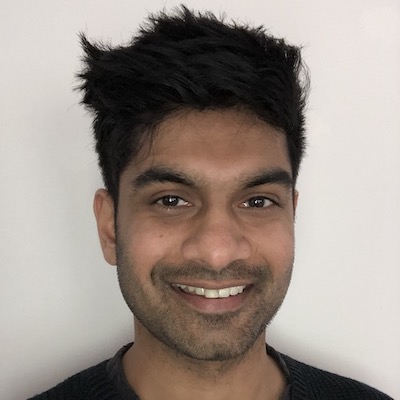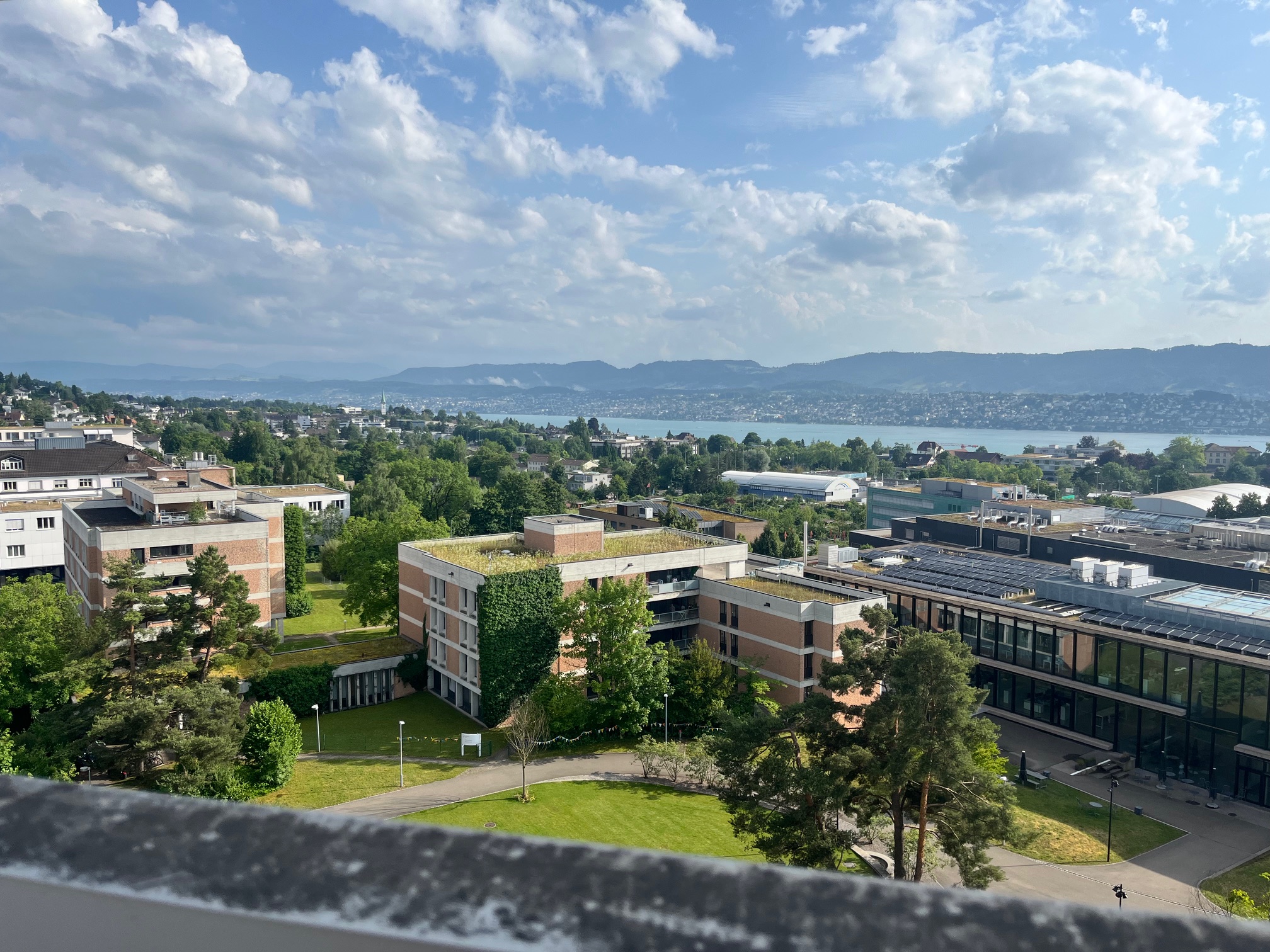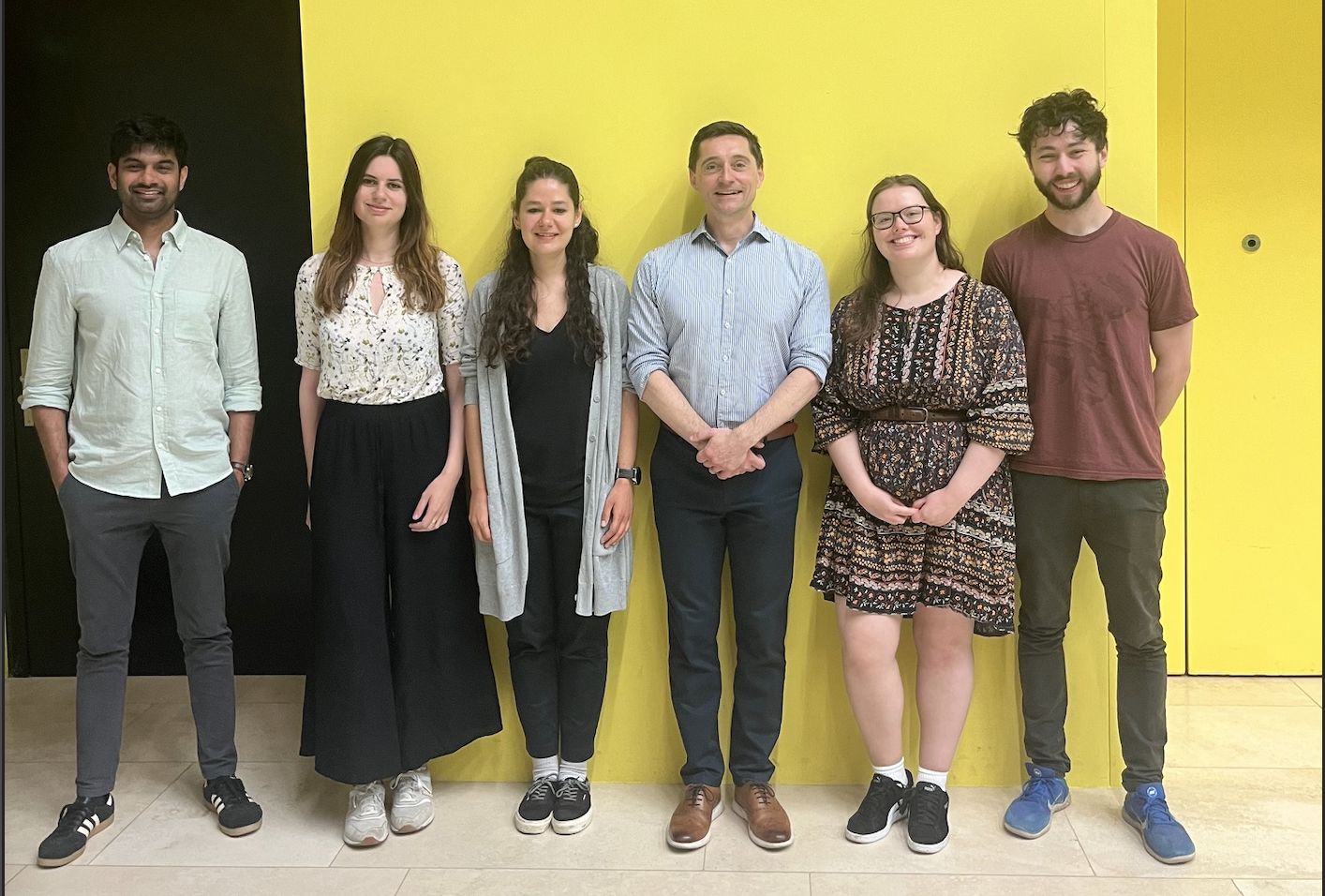
Anil Mistry
AI Safety Lead & Senior Clinical Scientist in AI

Bumblekite Summer School Zurich 2025
29 June 2025
The CSC team had the opportunity to join the Bumblekite summer school in Zurich for 7 days in sunny June. The event included representatives in informatics across::
- The pharma sector (Roche, Novartis, Johnson and Johnson, Takeda),
- Healthcare delivery institutions (Stanford Health, Mayo Clinic, Mediclinic, Guys and St Thomas’ NHS FT, Addenbrookes NHS FT Cambridge)
- Academics across Europe and the US
The weeks provided coding tutorials for common/important problems in Clinical informatics and healthcare AI, presentations from notable speakers in the health and pharma sectors, and endless networking opportunities for all attendees. It contrasted from the usual industry/academic conferences of late in the health informatics spaces as all attendees we’re uncharacteristically forthcoming and candid with their roles, careers paths, mistakes, set-backs, and takes on the pharma industry and wider healthcare sector.
Content
Coding session
- A guided attempt to run the code made available from a high impact publication – run by Juan Banda.
- Surprisingly hard! Challenging code, when wearing my production code hat.
- Data visualisation workshop run by Stefanie Posavec- Artistic methods of communicating information to various audiences.
- Know your audience!
- Connecting to make a website
- Non-trivial ways for extract data for PDFs - Dimitar Yonchev, Alexander Wyss, Antanas Murelis.
- Hands-on examples of working with Optical Character Recognition (OCR) and LLM’s such as AWS Textract for increase accuracy.
- Training a foundation model from first principles, using DINO methodology on – Johnson and Johnson Data scientists Krishna Chaitanya and Pushpak Pati.
Networking opportunities
There were organised networking lunches with other attendees which were super useful at making sure everyone had ‘worked the room’. Evening meals were put on with interesting people, including a Researcher at Apple who discussed the privacy measures Apple takes to ensure health data is used appropriately.
Leadership talks
- Provided by c-suite execs from companies such as Roche, Novartis,and healthcare sectors institutions (GSTT, Mediclinic, Stanford Health, Cambridge)
- Common themes – take risks, go deep early on in your career.
- MBAs are the main gateway to top jobs.
- A stint in Management consultancy is a common route to the top jobs in any industry.

Biggest takeaways (just the juicy bits, in no particular order)
Keynote: Nigam Shah (Stanford Health)
- Strong arguments to risk proportionate AI regulation.
- ‘Human in the loop’ is a cop out for bad AI products that don’t work.
- Predictors and classifiers are frequently mixed up. Sepsis predictors provide zero clinical value, do not make them.
- If you aren’t changing a pathway your solution won’t work. Need to understand your work capacity to ACT on your predictions.
- ChatEHR! LINK
- We don’t have projects of enterprise value.
- Multi-modal models must begin to understand time.
- Technology is being used to pay off debt of people who work additional hours.
- You cannot save time that you cannot prove was ever spent.
- You cannot save what you haven’t spent – look for the deltas before and after and leave monetisation out of this.
Antonija Burcul (Four)
- There are minimal genuine disruptors in healthcare and pharma space – it takes decades of experience to understand the sector, which is immune to tech-takeovers.
- You can’t just ‘disrupt’ pharma with AI, as your AI is probably trained on publicly available data and your customer base is maximum 20 big pharma companies.
- Just because you’re able to get start-up funding does not mean your company has any commercial edge or value, as VC funders often have limited knowledge of the space.
Lawrence Tallon (MHRA)
- Keen to work closely with healthcare institutions for AI development. Start-ups offering point solutions are not commercially viable. Platforms which solve the business, deployment, integration and commercial problems are the best solutions, linked with in house expertise.
- The patient, the healthcare provider, and the regulator all have different risk appetites, it’s a careful balance.
- UK has a prime opportunity to become a world leader in clinical trials, drug development with sensible healthcare regulation.
- The MHRA is a collaborator within the HealthAI Global Regulatory Network.
Kristin-Anne Rutter (MPH)
- Significant efforts are being made in Cambridge / east of England for data access for clinical research, making a regional secure data environment.
Fabian Rudolph Mediclinic Group
- Don’t work with arseholes.
- Employees and patients should be at the centre of care.
Pieter de Bey (Santeon Hospital group)
- Feedback for patients reported outcomes are rarely collected, but are most important for Value-based healthcare = patient outcomes / cost.
- Innovation must be supported by centralised budgets and interconnected patient data systems.
Anurang Revri (Stanford Health)
- In Healthcare AI, we need to sync three clocks: human, organisational, and tech.
Juan Banda (Stanford Health)
- Most Medical AI research is un-reproducible…
- Taking research to clinical deployment is a long final mile.
- Autonomy of AI – shouldn’t need ‘human in the loop’. Monitoring is also technical debt.
- Non maleficence – need evidence that AI product will work.
Betsabeh Madani-Hermann (Philips)
- Corporations can develop new businesses and income streams by hosting an internal ‘startup’ accelerator in a well-resourced and support environment.
- Upper and middle management buy-in is essential for longevity.
Summary
The Bumblekite summer school offered a very refreshing outlook on the future of clinical informatics across the pharma sector and health institutions. A heavy focus on networking means that we came away with a much wider network, which we will strengthen with visits and joint projects. Talks from industry leader enlightened us with candid insights, and data science teams from industry walked us through useful solutions to very challenging and relevant problems in the tutorials. We hope to return next year as both attendees and speakers.